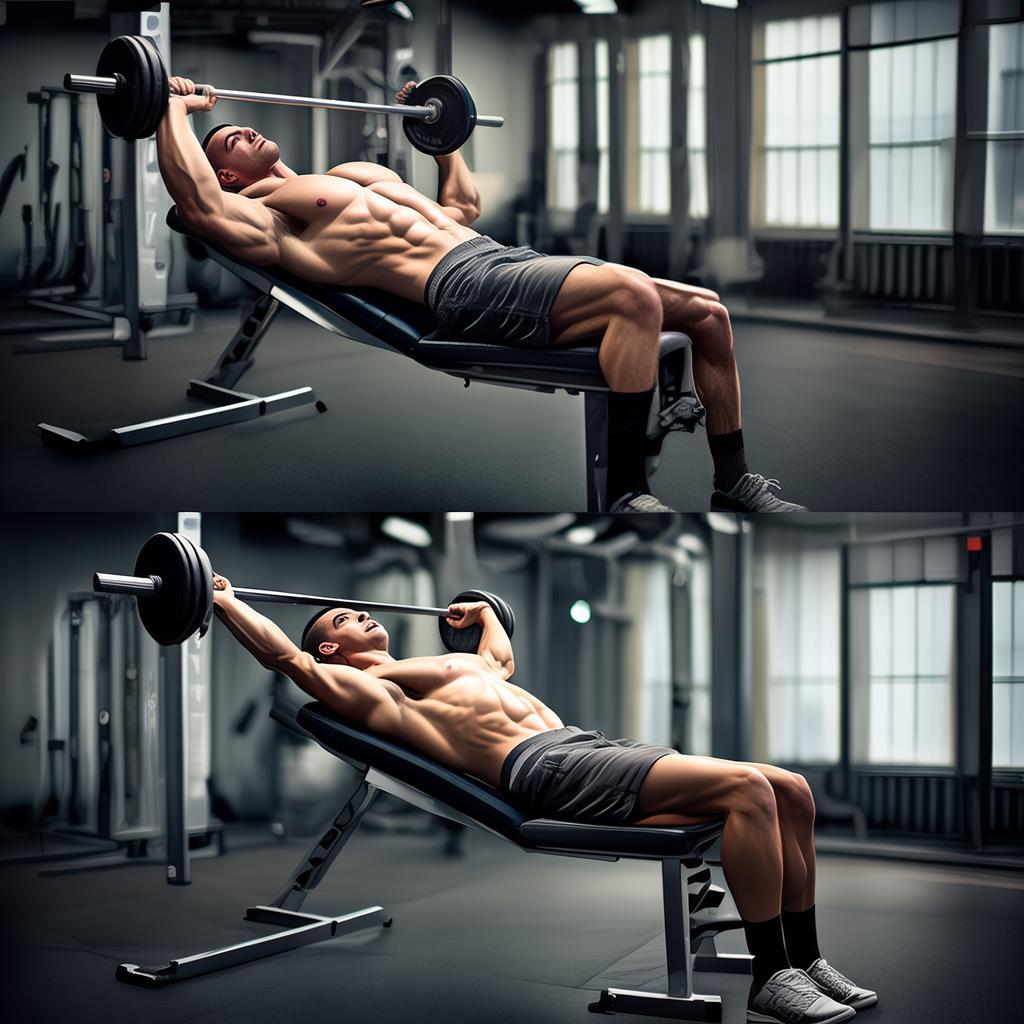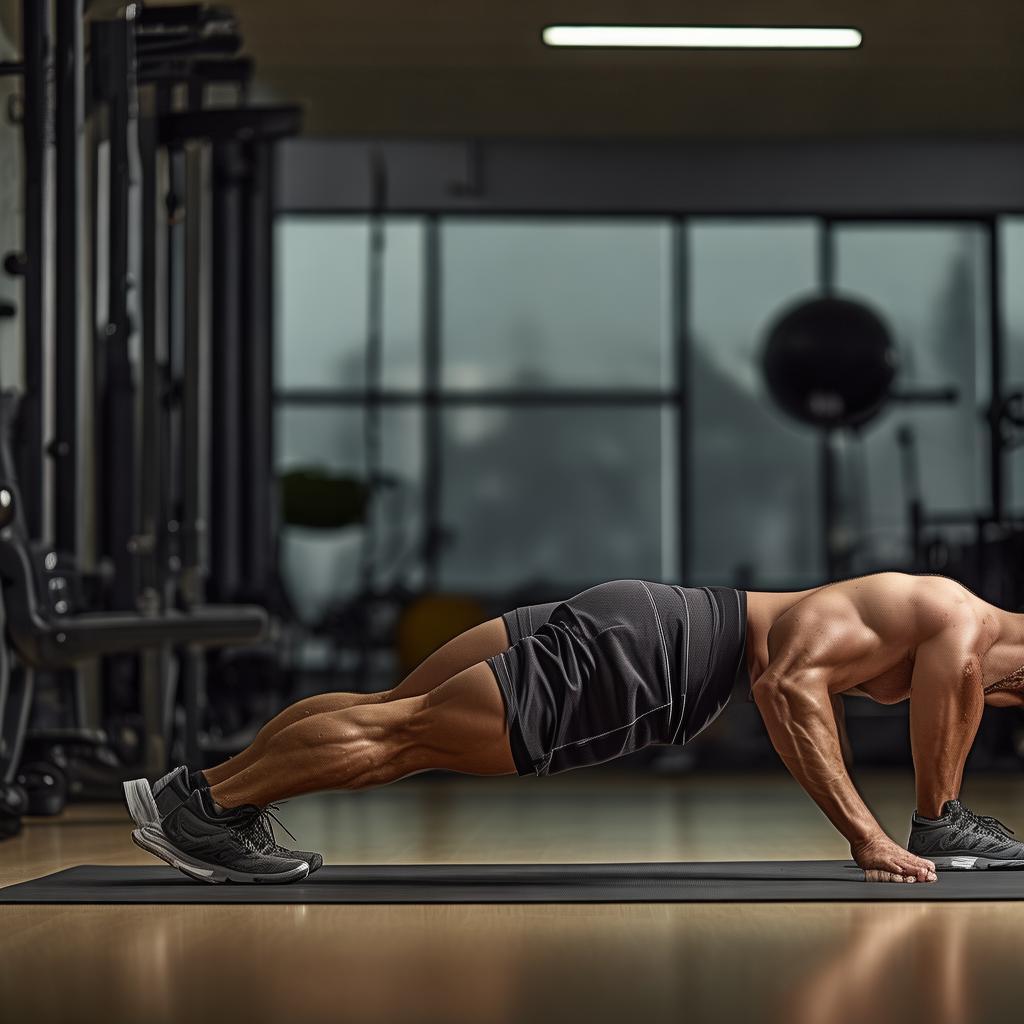Introduction
On September 11, 2023, the topic of the importance of the flat bench press has been widely discussed. Lately, a number of fitness – self publishers have been promoting the theory of abandoning the flat bench press. Their central idea is that many individuals have weak upper chests and should only perform upper incline presses if they are capable.
Opinions on this matter are largely influenced by personal experiences. The debate between the upper incline and flat bench presses has persisted for a long time. While both are crucial, the view of choosing only one is extreme, and over – emphasizing balance may lead to missing the core point. Understanding the differences and the training process can help you better adapt the exercise to your own situation.
Upper Incline Bench Press
The pectoralis major consists of the clavicle and the head of the thoracic ribs (upper and lower thoracic vertebrae). The goal of the upper incline bench press is to focus more on training the upper pectoral muscles. Its main advantage is to target the upper part of the pectoral muscles. When the bench is inclined (15 to 30 degrees), the bench press activates the shoulders more, similar to a shoulder press. Additionally, due to the bench angle, this movement places less stress on the rotator cuff, a common injury – prone area in flat bench presses.
However, the upper incline bench press also has some drawbacks. Since it places more stress on the upper pectoralis, it can cause this muscle group to be more developed compared to the flat bench press, which tends to develop the entire pectoralis muscle evenly. The anterior deltoid bundle (shoulders) is also more actively stimulated at this angle, so it’s not advisable to work the deltoids the next day. Over – training, such as training the same muscle group two days in a row, should be avoided as it can lead to injury.
Steps for the upper incline bench press: Lie backwards on an upward – sloping bench with an incline between 15 and 30 degrees. An incline above 30 degrees will mainly work the anterior deltoid (shoulder). Keep the forearm at a 90 – degree angle to the elbow. Grip shoulder – width apart, with the palms fully holding the dumbbells and facing the front of the body. Lift the barbell off the rack with arms locked and raise it overhead.
Flat Bench Press
The flat bench press is a more natural and fluid movement in relation to everyday activities. But like the upper incline bench press, it has its drawbacks. Professional bodybuilder Dorian Yates once said, “I don’t even include the flat bench press in my pec routine because I think it puts too much emphasis on the anterior deltoid to be an effective chest exercise. Also, the angle of the flat bench press puts the pectoral tendons in a vulnerable position for injury. Most shoulder injuries and over – training fatigue injuries are likely caused by the flat bench press. Many torn pectoral muscles in bodybuilding are due to heavy flat bench presses.”
As a personal trainer, I’ve noticed that shoulder injuries are quite common in men. Some common mistakes include not having a spotter for protection, not having help to put the barbell back on the rack, having a right – left imbalance, and the stronger side of the body lifting most of the weight, which may cause the barbell to be at an incline.
Just like other pushing movements, proper warm – up of the chest and shoulders is necessary, such as using resistance bands and stretching. For the flat bench press, it’s important to ensure adequate shoulder flexibility and scapular stability to reduce potential injury. If discomfort is felt during the flat bench press, consider an upper incline bench press or use dumbbells instead. Here are the correct steps for the flat bench press:
Flat bench press steps: Lie on a flat bench with the neck and head supported. Keep the knees at a 90 – degree angle and the feet flat on the floor. If the back falls off the bench, consider placing the feet on the bench. Lower the body so that the barbell is in a straight line with the chest. Keep the hands slightly wider than the shoulders and the elbows bent at 90 degrees. Grasp the barbell with the palms behind the body and fingers in a full grip. Exhale, squeeze the abdominals, and use the pectoral muscles to push the barbell from the rack to the top. Straighten the arms in the contracted position and squeeze the chest. Inhale and lower the barbell slowly to the chest, about one inch away. The lowering process should take twice as long as the pushing – up process. Push the barbell back to the starting position with explosive pectoral force. Repeat 12 times and then increase the weight for each set, completing 5 sets.
Conclusion
When it comes to choosing between the flat and upper incline bench presses, it ultimately depends on personal experience and goals. The flat bench press works the pecs well, while many coaches believe the upper incline is safer for the pecs, shoulders, and rotator cuffs. If the flat bench press doesn’t cause any harm, there’s no need to be overly concerned.





